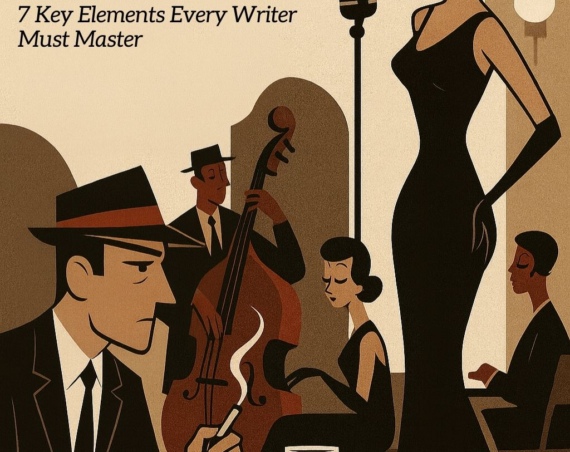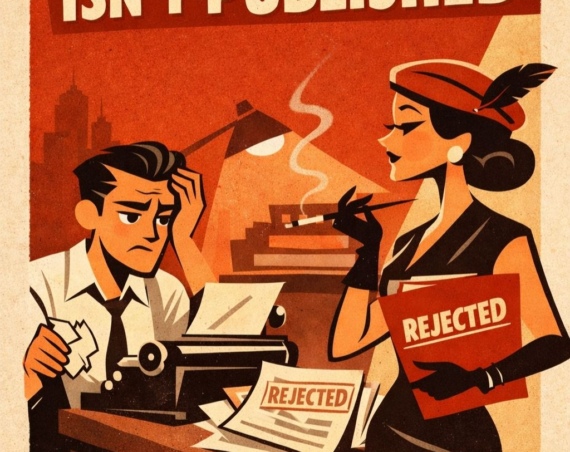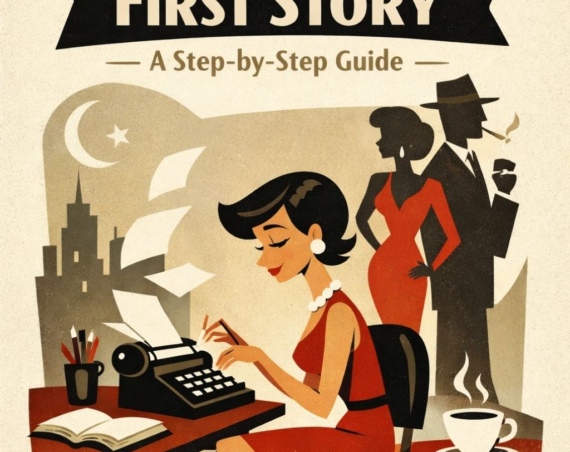If you are interested in writing a romance novel, you may wonder how to get started. Romance is one of the most popular genres in fiction, and it can be a rewarding and enjoyable way to express your creativity and passion.
Writing a romance novel is not as easy as it may seem. There are many elements that you need to consider, such as plot, characters, setting, conflict, and of course, romance.
In this blog post, we will provide some tips and guidelines on how to write a romance novel that will captivate your readers and satisfy your own artistic vision.
1. Choose Your Subgenre And Audience
First, you need to decide what kind of romance novel you want to write. There are many subgenres within romance, such as historical, contemporary, paranormal, fantasy, sci-fi, suspense, erotic, and more. Some of the more specific subgenres are:
Regency romance: set in the early 19th century in England, featuring aristocrats, manners, and social rules.
Western romance: set in the American West, featuring cowboys, ranchers, outlaws, and frontier life.
Gothic romance: set in dark and mysterious settings, featuring secrets, danger, and supernatural elements.
Inspirational romance: featuring characters who have a strong faith or religious background, and who face moral dilemmas and challenges.
Romantic comedy: featuring humor, wit, and lighthearted situations that complicate the romantic relationship.
Each subgenre has its own conventions and expectations, so you need to do some research and familiarize yourself with the genre you choose.
You also need to consider your target audience and what they are looking for in a romance novel. For example, if you are writing a historical romance, you need to pay attention to the accuracy and authenticity of the historical details, as well as the language and manners of the period. If you are writing a paranormal romance, you need to create a believable and consistent world where supernatural elements exist and interact with the human characters.
2. Create Your Main Characters And Their Relationship
Second, you need to develop your main characters and their romantic relationship. The characters are the heart and soul of any romance novel, so you need to make them realistic, relatable, and likable. You also need to give them flaws and challenges that they need to overcome in order to grow and change.
The romantic relationship between the main characters is the main focus of the story, so you need to make it compelling and believable. You should try to establish why the characters are attracted to each other, what obstacles they face in their relationship, how they overcome them, and how they express their feelings for each other.
Balance the emotional and physical aspects of the relationship, and decide how explicit or implicit you want to be in describing them.
3. Plot Your Story And Structure Your Novel
Third, plot your story and create a structure for your novel.
A plot is the sequence of events that happen in your story, while a structure is the way you organize those events into chapters and scenes.
A well-made plot should have a clear beginning, middle, and end, as well as a series of conflicts and resolutions that keep the story moving forward.
A good structure should have a logical and coherent flow that makes sense for your genre and subgenre.
You can use different methods to plot your story and structure your novel, such as outlining, mind mapping, storyboarding, or freewriting. The important thing is to have a clear idea of where your story is going and how it will end.
4. Write Your First Draft And Revise It
Finally, write your first draft and revise it until it is ready for publication.
Writing a first draft is the most creative and fun part of the process, but it can also be the most challenging and frustrating. You need to let go of your inner critic and just write whatever comes to your mind without worrying about grammar, spelling, or style. The goal is to get your ideas on paper and finish your draft as soon as possible.
Revising your draft is the most critical and tedious part of the process, but it can also be the most rewarding and satisfying. Read your draft carefully and objectively, and make changes that will improve your story in terms of clarity, coherence, consistency, accuracy, originality, and appeal. You can also get feedback from other writers or readers who can offer constructive criticism and suggestions.
Examples Of Romance Novels
If you are looking for some examples of romance novels to inspire your reading or writing, here are some of the most popular and acclaimed ones in the genre.
Pride and Prejudice by Jane Austen
One of the most beloved classics of all time, this novel tells the story of Elizabeth Bennet and Mr. Darcy, two proud and prejudiced individuals who must overcome their mutual disdain to find love. A witty and charming tale of manners, society, and marriage in Regency England.
Gone with the Wind by Margaret Mitchell
A sweeping historical saga set during the American Civil War and Reconstruction, this novel follows the life and love of Scarlett O’Hara, a spirited and spoiled Southern belle who must survive the hardships of war and the loss of her home and family. Along the way, she meets and marries Rhett Butler, a roguish and charismatic adventurer who challenges and captivates her.
The Notebook by Nicholas Sparks
A modern-day romance that spans decades, this novel tells the story of Noah and Allie, two young lovers who are separated by class, war, and time. Years later, Noah returns to his hometown and finds Allie, who is now engaged to another man. He tries to rekindle their romance by reading to her from his notebook, where he has written their story. A tear-jerking and heartwarming tale of true love and sacrifice.
The Kiss Quotient by Helen Hoang
A contemporary romance that features a diverse and unconventional couple, this novel tells the story of Stella Lane, a brilliant mathematician who has Asperger’s syndrome and struggles with social skills and intimacy. She hires Michael Phan, a handsome escort who is also half-Vietnamese, to teach her how to be a good girlfriend. But what starts as a business arrangement soon turns into something more. A steamy and sweet story of learning to love and trust.
The Duke and I by Julia Quinn
A historical romance that is part of the popular Bridgerton series, this novel tells the story of Daphne Bridgerton, a young lady who is looking for a suitable husband in London’s high society. She agrees to a fake courtship with Simon Basset, the Duke of Hastings, who wants to avoid marriage at all costs. But their plan backfires when they develop real feelings for each other. A witty and romantic story of deception and desire.
Avoid These Mistakes When Writing Romance Novel
Writing romance novels can be a rewarding and lucrative genre, but it also comes with its own challenges and pitfalls. Here are some common mistakes that aspiring romance writers should avoid:
Not Knowing Your Audience
Romance readers have different expectations and preferences depending on the subgenre, the heat level, the tropes, and the conventions of the market. You should research your target audience and tailor your story accordingly.
Not Developing Your Characters
Romance is all about the emotional journey of the main characters and their relationship. You should create believable, relatable, and dynamic characters that have flaws, goals, motivations, and conflicts. You should also show how they grow and change throughout the story.
Not Balancing Plot And Romance
Romance novels need a compelling plot that drives the action and creates tension, but it should not overshadow or distract from the romance. The plot should serve the romance, not the other way around. You should also avoid using contrived or unrealistic plot devices that undermine the credibility of your story.
Not Creating Chemistry
Romance readers want to feel the attraction, the passion, and the emotion between the main characters. You should use dialogue, body language, description, and inner thoughts to show how they feel about each other. You should also build anticipation and suspense before they get together.
Not Editing Your Work
Romance novels are not exempt from the standards of good writing. You should proofread your work for grammar, spelling, punctuation, and consistency. You should also revise your work for structure, pacing, voice, and style. You should seek feedback from beta readers, critique partners, or editors to improve your work.
Conclusion
Writing a romance novel can be a fulfilling and enjoyable experience if you follow these steps and tips.
Remember that writing is a skill that can be learned and improved with practice and perseverance.
Don’t be afraid to experiment with different genres, styles, techniques, and formats until you find what works best for you. And most importantly, have fun with your writing and share your stories with the world.




